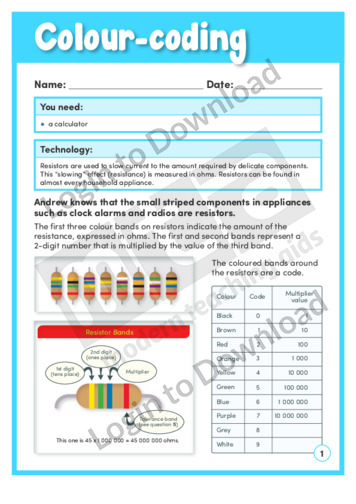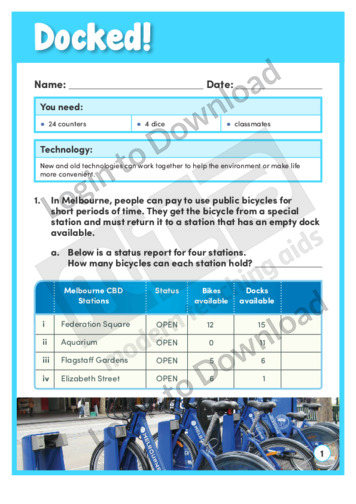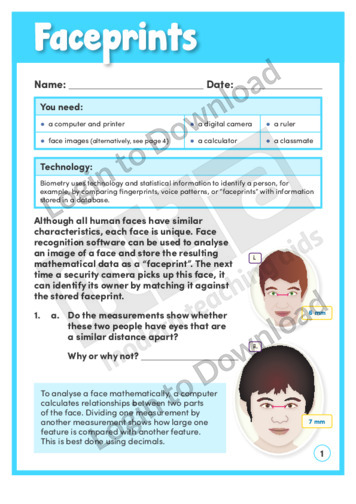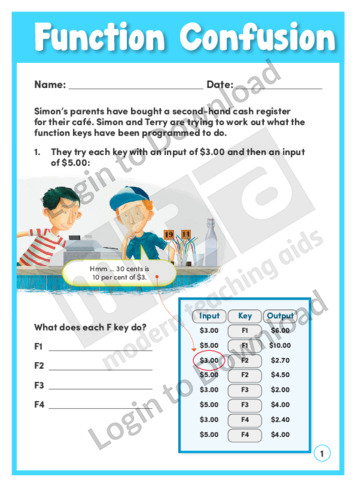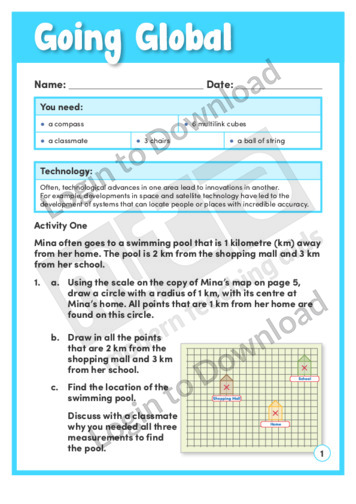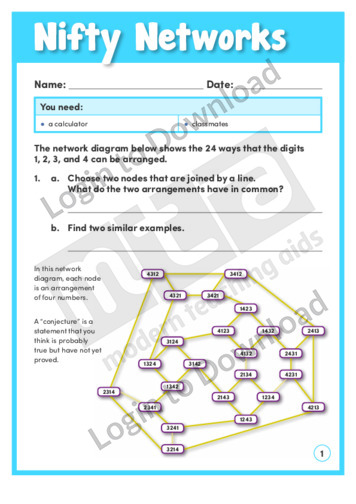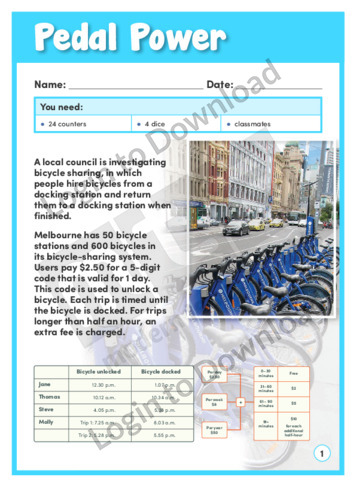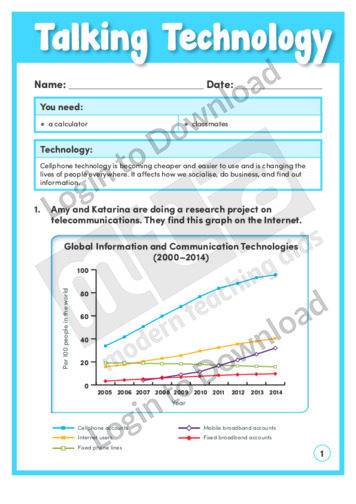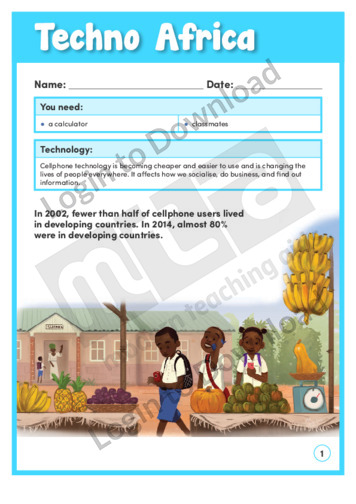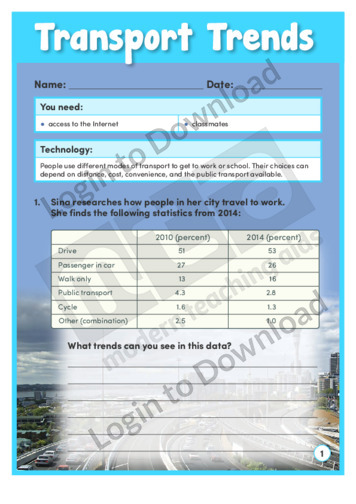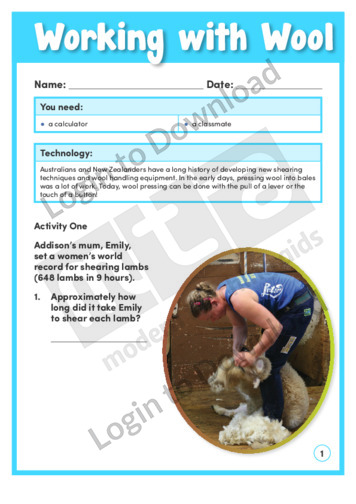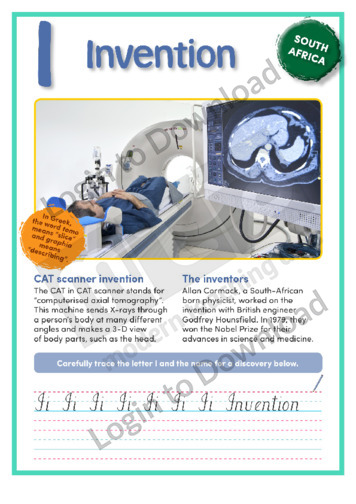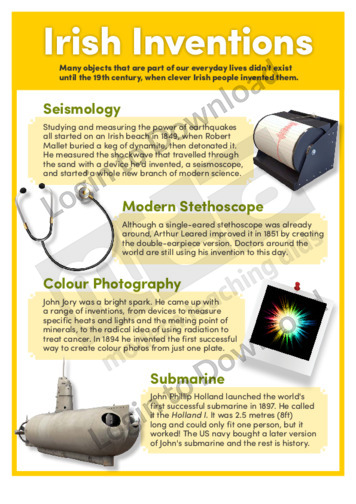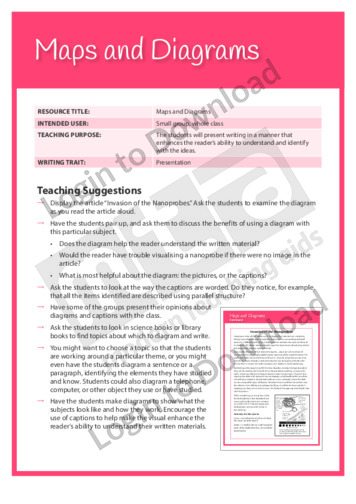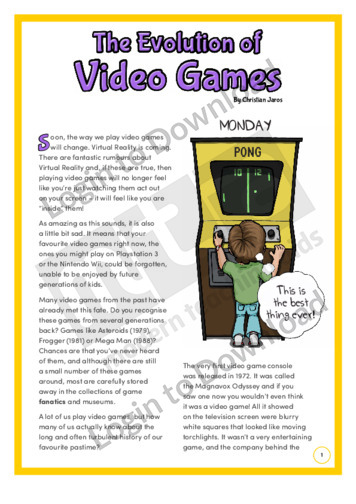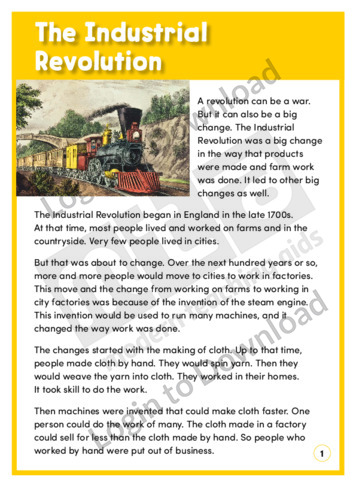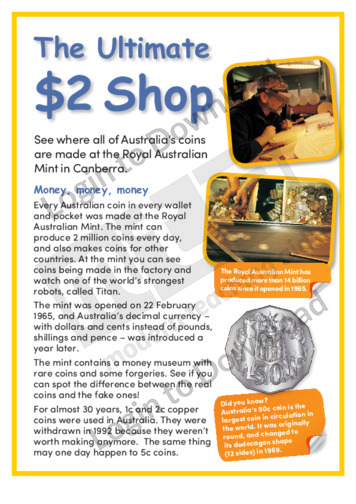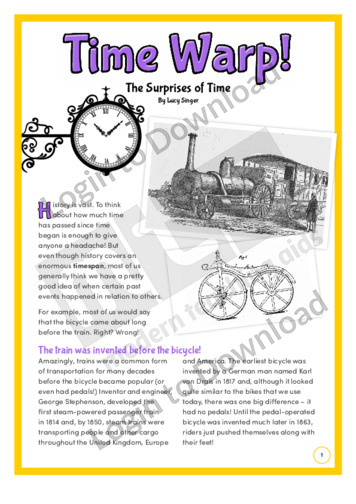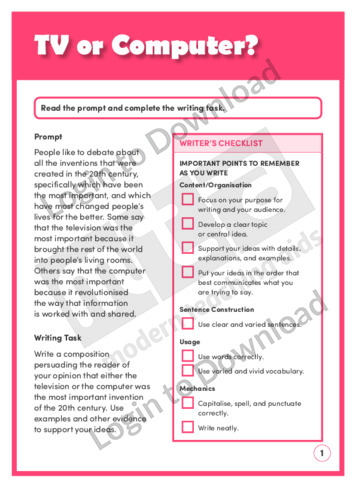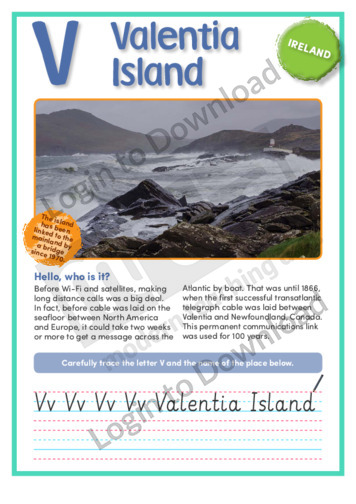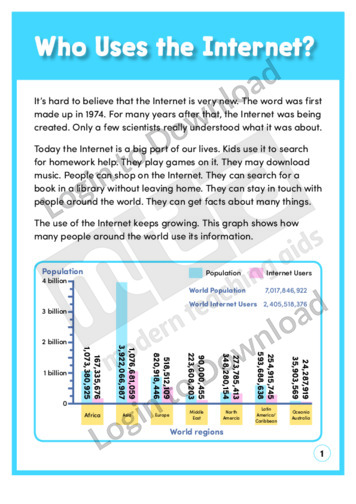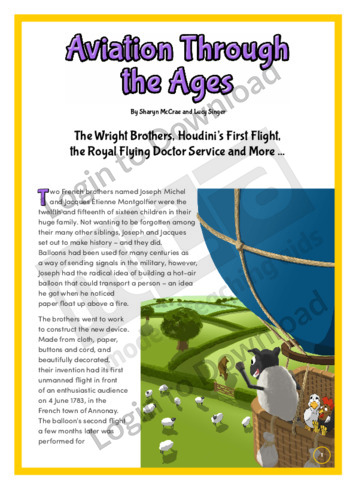Resistors are small, multi-coloured electrical components that are found everywhere – but what do the colours mean? In the activity, ‘Colour Coding’ students use their number skills to crack the colour codes. This activity includes comprehensive teaching notes to be read before beginning the activity with students, as they feature useful background information and suggestions …More
In the maths activity, ‘Docked!’ students play a board game to collect and drop off a bicycle in a city. By using two dice to play the game, students need to use probability and make predictions. This activity includes comprehensive teaching notes to be read before beginning the activity with students, as they feature useful …More
The activity, ‘Faceprints’ explains how facial measurements are used to identify individuals, for example in airport screening systems. Students can make measurements of their own faces and compare the results. This activity includes comprehensive teaching notes to be read before beginning the activity with students, as they feature useful background information and suggestions for supporting …More
The maths activity, ‘Function Confusion’ provides some practical examples for students explore how they can use their calculators to perform complex operations quickly. This activity includes comprehensive teaching notes to be read before beginning the activity with students, as they feature useful background information and suggestions for supporting learning. The teaching notes explain the importance …More
Going Global’ provides activities to support students’ understanding of how GPS works. They can also use latitude and longitude co-ordinates to help locate a mystery object. This activity includes comprehensive teaching notes to be read before beginning the activity with students, as they feature useful background information and suggestions for supporting learning. An answer sheet …More
The maths activity, ‘Nifty Networks’ shows how prime numbers and their factors can be arranged in a network. Students use their number knowledge to solve the network puzzle. This activity includes comprehensive teaching notes to be read before beginning the activity with students, as they feature useful background information and suggestions for supporting learning. An …More
In the maths activity, ‘Pedal Power’ students play a board game to collect a bicycle and travel around a city. By using two dice to play the game, students need to use probability and make predictions. This activity includes comprehensive teaching notes to be read before beginning the activity with students, as they feature useful …More
Talking Technology’ is a learning activity that will engage students in finding out just how quickly the world of ICT is changing. Students interpret graphs to make statements and predictions about the use of telecommunications. This activity includes comprehensive teaching notes to be read before beginning the activity with students, as they feature useful background …More
Techno Africa’ is a learning activity that engages students in understanding why cellphone usage has risen dramatically in Africa, and how this usage is helping people. This activity includes comprehensive teaching notes to be read before beginning the activity with students, as they feature useful background information and suggestions for supporting learning. An answer sheet …More
The maths activity, ‘Transport Trends’ gives students data to interpret how people use transport. They can then conduct a survey to collect data and make comparisons themselves. This activity includes comprehensive teaching notes to be read before beginning the activity with students, as they feature useful background information and suggestions for supporting learning. An answer …More
The intriguing learning activity, ‘Working with Wool’ uses the real-life context of sheep farming to enable students to practise calculating measurements using multiplication and division. This activity includes comprehensive teaching notes to be read before beginning the activity with students, as they feature useful background information and suggestions for supporting learning. An answer sheet is …More
This short nonfiction text ‘I: Invention’ features important factual background information relating to an important invention that South African born Allan Cormack helped to develop. It is aimed at broadening students’ awareness of the significant discoveries and inventions associated with South Africa and also features an activity for students to practise their handwriting.
This history article ‘Irish Inventions’ features important factual background information about inventions made by Irish people during the 19th century that have shaped the way we live today. It highlights seismology, the modern stethoscope, colour photography and the successful launch of the submarine as key Irish inventions. It is aimed at broadening students’ historical and …More
This Writing Traits activity ‘Maps and Diagrams’ encourages students to present writing in a manner that enhances the reader’s ability to understand and identify the ideas.
This history article, ‘The Evolution of Video Games’ features the history of video games and how they developed from early games like Pong and Pac Man to the more complex games we play today. It provides factual information and is aimed at broadening students’ cultural and historical awareness in a fun and engaging manner.
This content area reading activity, ‘The Industrial Revolution’ is a history based reading comprehension exercise encouraging students to choose the best details to support their big ideas.
This article, ‘The Ultimate $2 Shop’ provides students with factual information about the Royal Australian Mint in Canberra. It explains how the role of the Royal Australian Mint has changed over the years as the Australian currency has undergone various changes and features some interesting facts and statistics about Australian money. This is a great …More
This author’s purpose exemplar ‘The X PRIZE’ shows students how to identify the author’s purpose for writing this passage. It uses a practical example to introduce students to the principles of why authors write – to persuade, entertain, inform or teach – in order to gain a deeper understanding of the purpose of each text, …More
This history article, ‘Time Warp! The Surprises of Time’ outlines some surprising facts and comparisons about various historical events. It provides factual information and is aimed at broadening students’ cultural and historical awareness in a fun and engaging manner.
This writing task worksheet ‘TV or Computer?’ helps students to practise persuasive writing. It is aimed at encouraging students to plan their writing by choosing their position on a topic, then asking themselves questions to best explain their ideas to the reader using details, examples and their own personal experience to support their position. It …More
This short nonfiction text, ‘V: Valentia Island’ features important factual background information about the transatlantic cable laid between Valentia Island and Newfoundland, which linked Europe with North America for more than 100 years. It is aimed at broadening students’ awareness of the symbols and icons associated with Irish culture and also features an activity for …More
This content area reading activity, ‘Who Uses the Internet?’ is a maths based reading comprehension exercise encouraging students to compare and contrast information using charts.
This history article, ‘Aviation Through the Ages’ features different breakthroughs in the field of aviation. It provides an online website, as well as factual information about the Montgolfier brothers, the Wright brothers, Harry Houdini and the Royal Flying Doctor Service, and is aimed at broadening students’ cultural and historical awareness.
It�s that easy!

